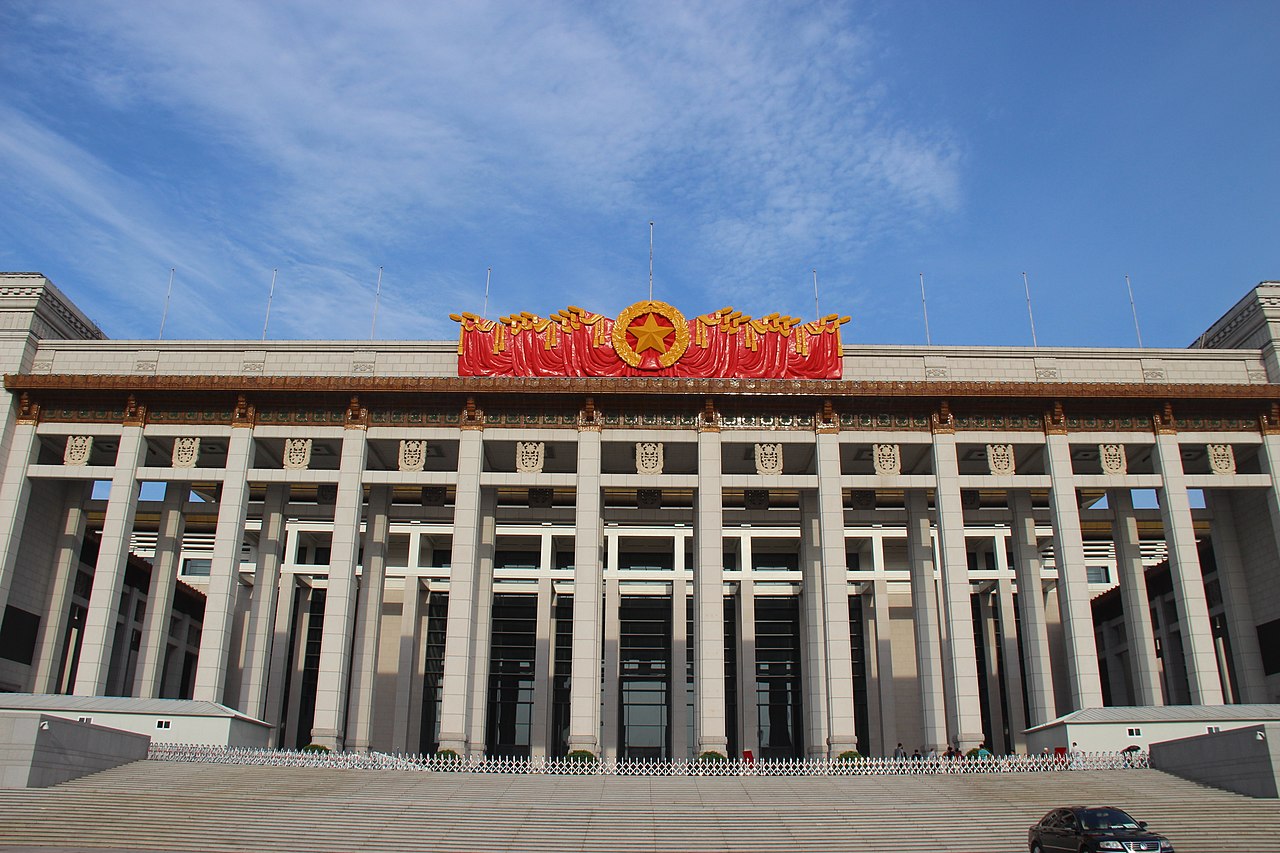The National Museum of China, located on the eastern side of Tiananmen Square in Beijing, is one of the largest and most comprehensive museums in the world. It serves as a custodian of China’s rich cultural heritage and historical legacy, showcasing a vast collection of artifacts, artworks, and archaeological treasures spanning over 5,000 years of Chinese history.
Originally established in 1912 as the Imperial Museum of China, the institution underwent several name changes and reorganizations over the years before merging with the Museum of the Chinese Revolution in 2003 to form the present-day National Museum of China. The museum’s mission is to preserve, research, and promote China’s cultural heritage, as well as to educate and inspire visitors from around the world.
The National Museum of China is housed in a massive neoclassical building with a total floor area of 192,000 square meters (over 2 million square feet), making it one of the largest museum complexes in the world. The building’s design combines traditional Chinese architectural elements with modernist aesthetics, featuring grand colonnades, monumental staircases, and a majestic central dome that dominates the skyline of Tiananmen Square.
The museum’s vast collection is divided into several thematic galleries, each dedicated to a specific period or aspect of Chinese history and culture. These galleries cover a wide range of topics, including ancient China, imperial art and artifacts, traditional Chinese painting and calligraphy, porcelain and ceramics, Buddhist sculpture, and modern Chinese history.
One of the highlights of the National Museum of China is its collection of ancient Chinese artifacts, which includes bronze vessels, jade carvings, ceramics, and other archaeological finds dating back to the Neolithic period. These artifacts provide insights into the material culture, technology, and social organization of ancient Chinese civilizations, such as the Shang, Zhou, Qin, and Han dynasties.
Another notable feature of the museum is its collection of imperial treasures, which includes rare paintings, exquisite ceramics, ornate furniture, and precious jewelry from the Ming and Qing dynasties. These artifacts offer a glimpse into the opulent lifestyle and artistic achievements of China’s imperial court, as well as the cultural exchange and influence between China and other civilizations.
In addition to its permanent collection, the National Museum of China also hosts temporary exhibitions, special events, and educational programs throughout the year. These exhibitions cover a wide range of topics, from contemporary Chinese art and culture to international collaborations and cultural exchanges.
The National Museum of China plays a vital role in preserving and promoting China’s cultural heritage and historical legacy for future generations. It serves as a bridge between the past and the present, connecting visitors with the rich tapestry of Chinese history, art, and culture.
In conclusion, the National Museum of China is a treasure trove of Chinese civilization, housing a vast and diverse collection of artifacts, artworks, and historical treasures. As one of the largest museums in the world, it offers visitors a unique opportunity to explore the depth and breadth of China’s cultural heritage and historical legacy. Whether admiring ancient artifacts, studying imperial treasures, or enjoying contemporary art exhibitions, visitors to the National Museum of China are sure to be inspired and enlightened by the rich and vibrant tapestry of Chinese history and culture.

